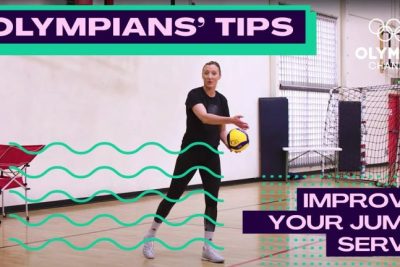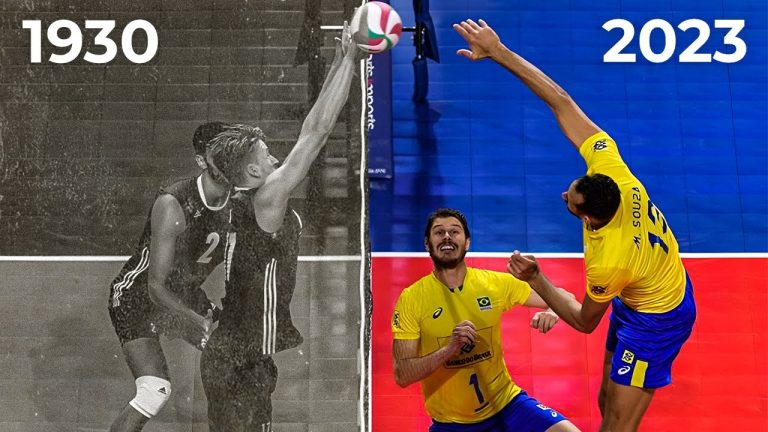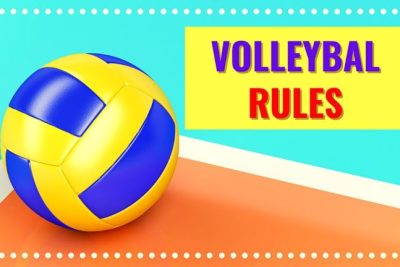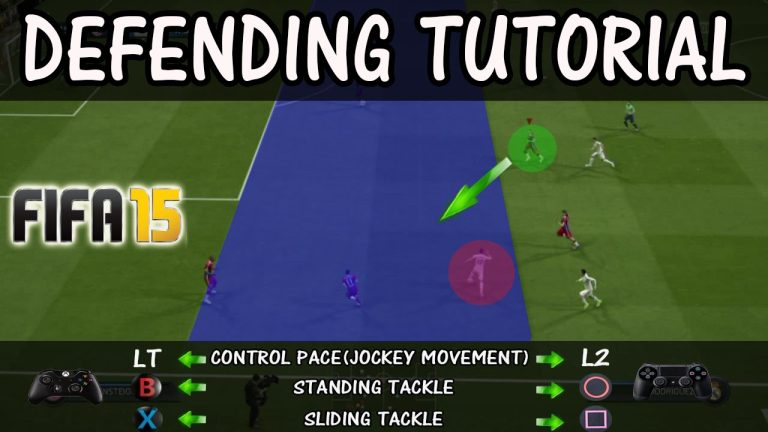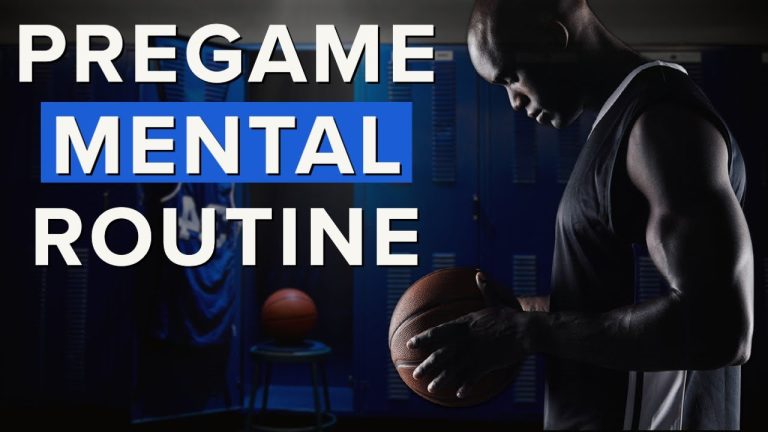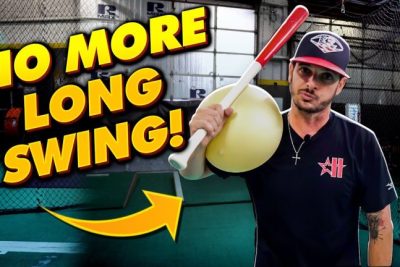
Building a strong connection with your hitters through setting is crucial for any successful volleyball team. The setter plays a vital role in not only delivering accurate and well-timed sets, but also understanding the preferences and tendencies of each hitter. This intimate understanding allows the setter to create a seamless and efficient connection, resulting in powerful and precise attacks. In this article, we will explore key strategies and techniques to foster this connection, enabling teams to reach new heights and dominate the game.
What is the reason for left-handed setters?
Left-handed setters have a distinct advantage when it comes to attacking on the second contact. Due to the positioning of their hitting hand (left) being off the net when facing left front (position 4), they are able to execute attacks with greater ease. This unique trait sets them apart from right-handed setters, allowing them to make quicker and more effective plays, ultimately leading to a more successful offense.
What makes setting the hardest skill in volleyball?
Setting is widely regarded as the most challenging skill in volleyball due to its intricate combination of technique, precision, and decision-making. Unlike other skills such as serving or hitting, which primarily rely on power and athleticism, setting requires finesse and a deep understanding of the game. It demands exceptional hand-eye coordination, as setters must accurately place the ball in a position that optimizes the hitter’s chances of scoring. Additionally, setters must possess quick reflexes and split-second decision-making abilities to adapt to the ever-changing dynamics of the game. With the immense pressure of orchestrating the team’s offense, setters must also possess strong leadership skills to effectively communicate and direct their teammates. Overall, setting in volleyball is a multifaceted skill that demands a unique combination of physical and mental attributes, making it the most challenging skill to master.
What is the reason for the poor quality of my volleyball setting?
Are you constantly struggling with your volleyball setting skills? Don’t worry, you’re not alone! The key to improving your setting lies in understanding and mastering the fundamental techniques. A bad setting could be due to various factors such as improper hand positioning, lack of wrist control, or poor footwork. By devoting time to practicing these essential skills, you’ll be able to enhance your setting and become a valuable asset to your volleyball team.
One crucial aspect of a good setting is hand positioning. Many beginners tend to make the mistake of holding their hands too far apart or too close together, resulting in inaccurate sets. To achieve a clean and precise set, start by positioning your hands slightly above your forehead, with your fingers spread comfortably apart. This will give you better control over the ball and allow for more accurate placement.
Another common issue that affects setting accuracy is the lack of wrist control. Your wrists play a vital role in guiding the direction and trajectory of the set. Make sure to keep your wrists firm but flexible, allowing for quick adjustments as needed. Practice various wrist movements, such as flicking or cupping, to develop better control over the ball’s spin and speed.
Lastly, don’t underestimate the importance of footwork in setting. A stable and well-balanced stance is crucial for executing precise sets. Start by positioning your feet shoulder-width apart, with one foot slightly in front of the other. This will give you a strong base and allow for quick movements in any direction. Remember to stay light on your feet and be ready to adjust your position based on the incoming pass.
In conclusion, improving your setting skills in volleyball requires attention to detail and consistent practice. Focus on proper hand positioning, wrist control, and footwork to enhance your accuracy and effectiveness as a setter. With dedication and patience, you’ll be able to overcome your bad setting habits and become a valuable asset to your team on the volleyball court.
Setting the Stage: Unleashing the Power of Connection in Volleyball
Setting the Stage: Unleashing the Power of Connection in Volleyball
In the fast-paced world of volleyball, connection is the key to success. As players step onto the court, they must not only rely on their individual skills, but also on their ability to seamlessly communicate and collaborate with their teammates. The power of connection in volleyball lies in the unspoken understanding between players, the instinctive anticipation of each other’s moves, and the synchronized execution of their strategies. It is this connection that enables a team to move as one, to anticipate and respond to the changing dynamics of the game, and ultimately, to achieve victory. Whether it’s a perfectly timed set, a well-placed spike, or a lightning-fast dig, the power of connection in volleyball is what sets apart the great teams from the good ones. It is the invisible thread that weaves together the players’ individual talents, transforming them into a formidable force on the court. So, as the stage is set and the game begins, it is this power of connection that will determine whether a team will triumph or falter.
The Art of Precision: Building a Solid Bond with Hitters through Masterful Setting
Paragraph 1: The foundation of a successful team lies in the art of precision setting. As a setter, it is crucial to build a solid bond with hitters, enabling them to reach their fullest potential on the court. By mastering the delicate balance of technique and strategy, a setter can deliver precise passes, setting up hitters for powerful attacks. The art of precision setting not only enhances the team’s performance, but it also establishes trust and camaraderie between the setter and hitters, creating a seamless connection that can dominate any game.
Paragraph 2: A masterful setter understands the importance of communication, both verbal and non-verbal, in building a solid bond with hitters. Through clear and concise instructions, a setter can guide hitters towards the most advantageous positions on the court, allowing them to unleash their full potential. Furthermore, a setter’s non-verbal cues, such as body language and eye contact, can convey trust and confidence, strengthening the bond between setter and hitter. By honing their communication skills, setters can elevate the team’s performance and foster a sense of unity and synergy within the squad.
Paragraph 3: The art of precision setting requires a deep understanding of each hitter’s strengths and preferences. A masterful setter takes the time to study and analyze their teammates, learning their preferred attack angles, timing, and hitting techniques. By tailoring their sets to each hitter’s unique style, a setter can maximize their impact on the game. This personalized approach not only enhances the team’s offensive capabilities but also demonstrates the setter’s commitment to their teammates’ success. Through meticulous observation and adaptation, a setter can forge a solid bond with hitters, leading the team to victory.
Building a strong connection with your hitters through setting is a crucial aspect of volleyball that can significantly impact the success of a team. By consistently providing accurate and well-timed sets, setters can establish trust and confidence with their hitters, leading to more effective and powerful attacks. This connection not only enhances the overall performance of the team, but also fosters a sense of unity and cohesion on the court. In the dynamic world of volleyball, the bond between setter and hitter is a key ingredient for achieving victory, making it an essential skill for every aspiring setter to master.

